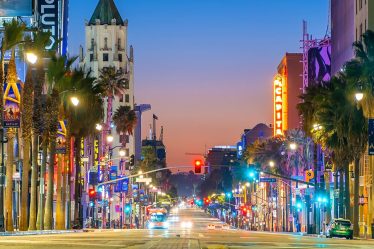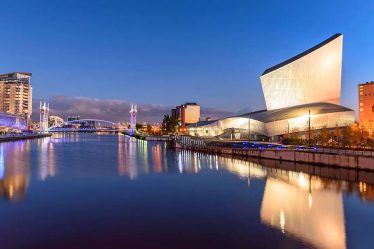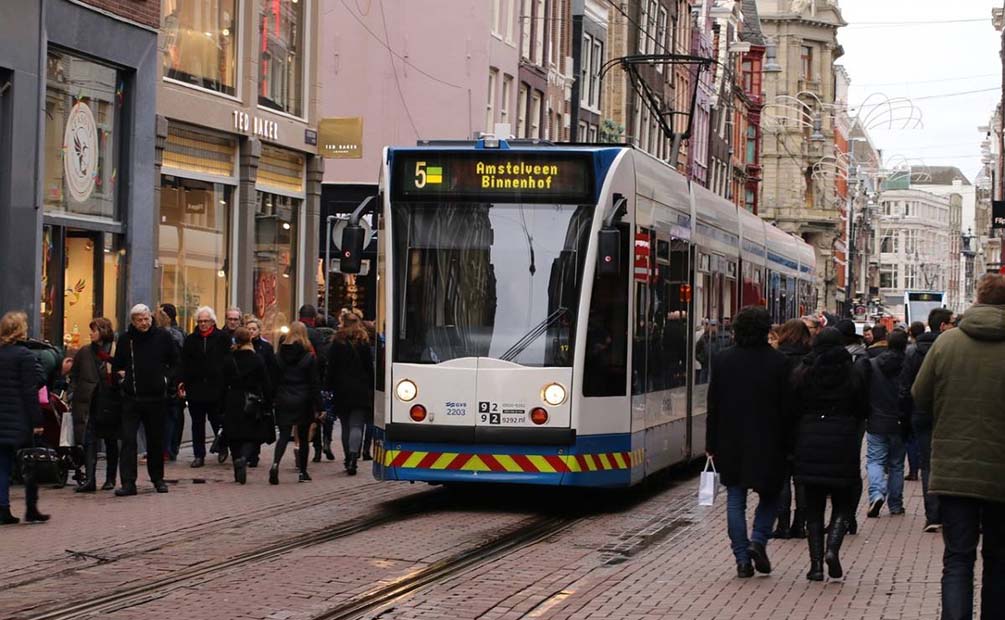
Amsterdam, the capital of the Netherlands, is a city known for its rich history, vibrant culture, and iconic canals. Recently, I had the opportunity to explore this beautiful city and experience its public transportation system firsthand.
Amsterdam’s Public Transportation System
Amsterdam boasts an extensive and efficient public transportation system that includes trams, buses, metros, ferries, and trains. The system is operated primarily by the Gemeentelijk Vervoerbedrijf (GVB), which manages most of the city’s trams, buses, and metro lines. Additionally, the Nederlandse Spoorwegen (NS) operates the national train services, connecting Amsterdam with other cities and regions.
- Trams: The backbone of Amsterdam’s public transport, with 15 lines serving the city center and surrounding areas.
- Buses: Complement the tram network, providing coverage to areas not accessible by tram.
- Metro: Four lines (50, 51, 52, and 53) that connect the city center with suburbs and outlying districts.
- Ferries: Free services that connect the city center with Amsterdam-Noord across the IJ River.
- Trains: Efficient intercity and regional connections to other Dutch cities and international destinations.
Getting Started: Tickets and Payment Options
Amsterdam’s public transportation system offers various ticket and payment options to cater to different needs and preferences. Here are some of the most popular choices:
- OV-chipkaart: A contactless smart card that can be used on all forms of public transportation in the Netherlands. Available in two types: anonymous (for tourists) and personal (for residents).
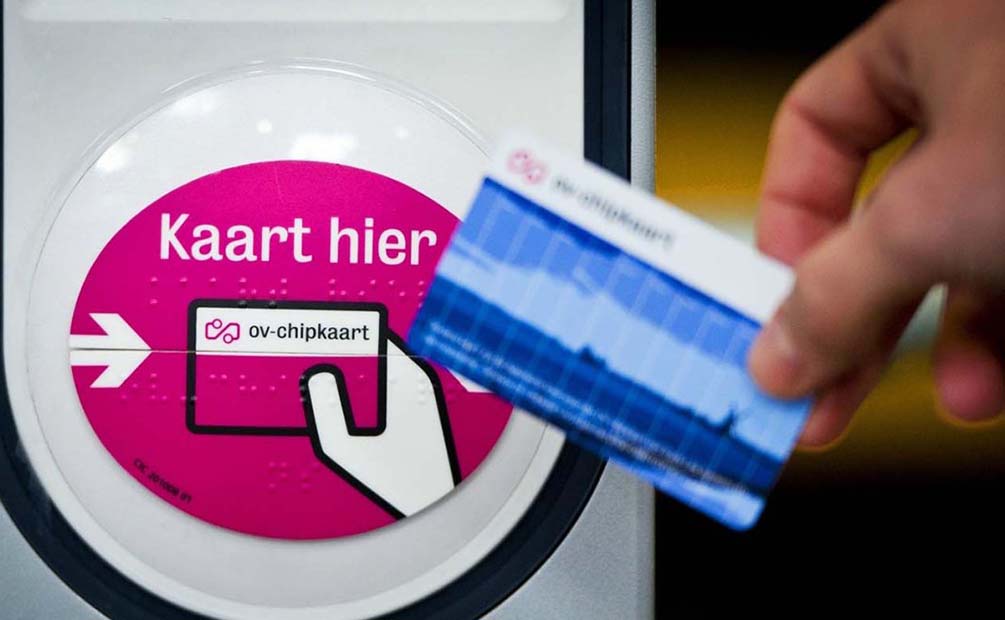
- Single-use Tickets: Paper tickets with a chip, available for trams, buses, and metro. Ideal for occasional travelers.
- Day Passes: Unlimited travel on GVB trams, buses, and metro for 1 to 7 days. Perfect for tourists who plan to explore the city extensively.
- Amsterdam Travel Ticket: Includes unlimited travel on GVB trams, buses, metro, and NS trains within Amsterdam and from/to Schiphol Airport for 1 to 3 days.
- Amsterdam & Region Travel Ticket: Unlimited travel on all public transport in Amsterdam and surrounding areas, including regional buses and trains, for 1 to 3 days.
To purchase these tickets, you can visit GVB service points, ticket machines at stations, or authorized retailers throughout the city. It’s also possible to buy tickets online or through the GVB app.
Navigating the Tram System
Trams are the most iconic and convenient mode of transportation in Amsterdam. Here’s how to navigate the tram system like a pro:
- Understanding the Network: The tram network consists of 15 lines, each identified by a number and color. The lines cover most of the city, including major attractions and neighborhoods.
- Tram Stops: Tram stops are well-marked with signs displaying the tram number, route, and a map of the network. Most stops have digital displays showing the arrival times of the next trams.
- Boarding and Alighting: Enter the tram through the front or middle doors and exit through the rear doors. Some trams have a conductor’s cabin in the middle, where you can buy tickets and ask for assistance.
- Using the OV-chipkaart: Tap your card on the reader when boarding and alighting to check in and out. Make sure to have enough credit on your card to avoid fines.
- Tram Etiquette: Offer your seat to elderly, pregnant, or disabled passengers. Keep your belongings close and avoid blocking the doors.
Exploring the Bus Network
Buses complement the tram system by providing coverage to areas not accessible by tram. Here’s what you need to know about using buses in Amsterdam:
- Bus Routes: The bus network consists of several lines, each identified by a number and destination. Buses serve both the city center and outlying districts.
- Bus Stops: Bus stops are marked with signs displaying the bus number, route, and a timetable. Most stops have shelters and seating.
- Boarding and Alighting: Enter the bus through the front door and exit through the rear doors. The driver can assist with ticket purchases and provide information.
- Using the OV-chipkaart: Tap your card on the reader when boarding and alighting. Ensure you have enough credit on your card.
- Bus Etiquette: Offer your seat to those in need, keep your belongings secure, and avoid loud conversations.
Navigating the Metro System
The metro system in Amsterdam consists of four lines that connect the city center with suburbs and outlying districts. Here’s how to navigate the metro like a pro:
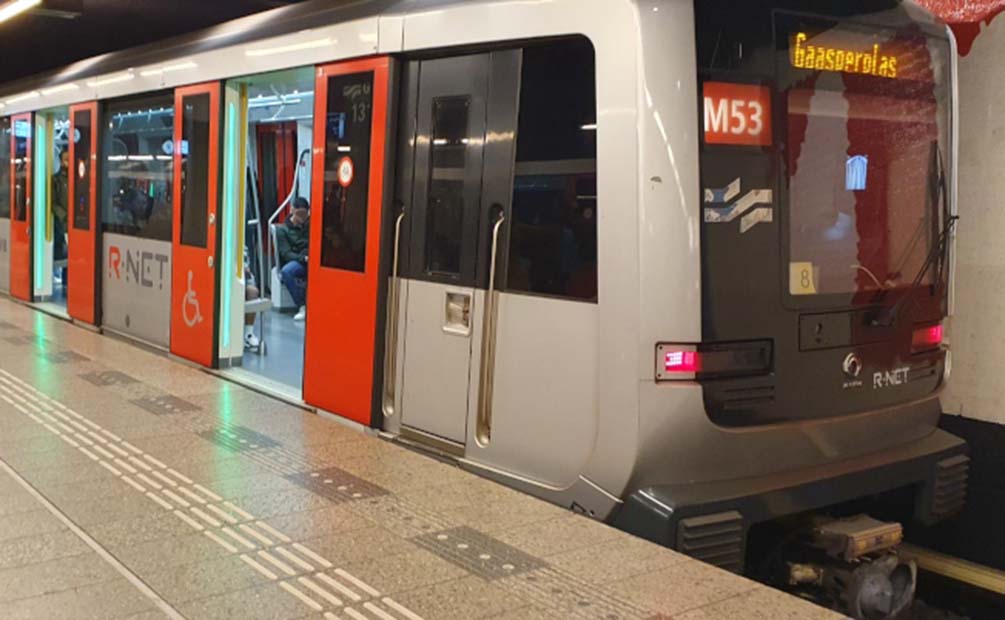
- Metro Lines: The metro network includes lines 50, 51, 52, and 53, each identified by a number and color. Line 52 (the North-South line) is the newest addition, providing a fast connection between Amsterdam-Noord and Zuid.
- Metro Stations: Stations are well-marked with signs displaying the metro line, destination, and a map of the network. Most stations have ticket machines and OV-chipkaart readers.
- Boarding and Alighting: Enter the metro through any door and exit through any door. Metro trains have multiple carriages and are spacious.
- Using the OV-chipkaart: Tap your card on the reader when entering and exiting the station. Ensure you have enough credit on your card.
- Metro Etiquette: Offer your seat to those in need, keep your belongings secure, and avoid blocking the doors.
Using the Ferries
Ferries provide a free and scenic way to cross the IJ River and connect the city center with Amsterdam-Noord. Here’s how to use the ferry services:
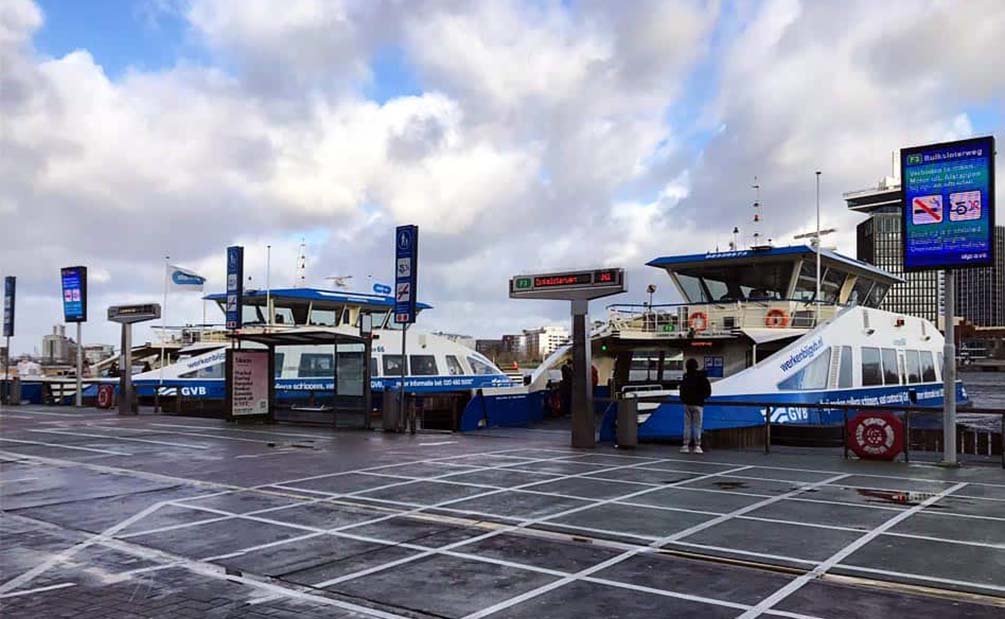
- Ferry Routes: Several ferry routes operate between the city center and Amsterdam-Noord, with frequent departures throughout the day.
- Ferry Terminals: Terminals are well-marked with signs displaying the ferry route and timetable. The main terminal is behind Amsterdam Central Station.
- Boarding and Alighting: Ferries are free to use, so there’s no need to tap your OV-chipkaart. Simply walk on and off the ferry.
- Ferry Etiquette: Be mindful of cyclists and pedestrians, keep your belongings secure, and enjoy the scenic views of the IJ River.
Traveling by Train
Trains are the best option for exploring areas outside Amsterdam, such as nearby cities and regions. Here’s how to navigate the train system:
- Train Routes: The Nederlandse Spoorwegen (NS) operates an extensive network of intercity and regional trains connecting Amsterdam with other cities and international destinations.
- Train Stations: Major stations in Amsterdam include Amsterdam Central, Amsterdam Zuid, and Amsterdam Sloterdijk. Stations are well-marked with signs displaying the train route and timetable.
- Boarding and Alighting: Enter the train through any door and find a seat. Some trains require seat reservations, especially for international routes.
- Using the OV-chipkaart: Tap your card on the reader when entering and exiting the station. For longer journeys, consider purchasing a separate train ticket.
- Train Etiquette: Offer your seat to those in need, keep your belongings secure, and avoid loud conversations.
Practical Tips for Using Public Transportation
To make your journey through Amsterdam’s public transportation system even smoother, here are some practical tips:
- Download the GVB App: The GVB app provides real-time information on tram, bus, and metro schedules, as well as a journey planner to help you navigate the city.
- Check the Timetables: Public transportation operates on a set schedule, with reduced services during late hours and weekends. Check the timetables in advance to avoid long waits.
- Plan Your Route: Use online journey planners or apps like Google Maps to plan your route and find the quickest and most convenient options.
- Be Mindful of Peak Hours: Public transportation can get crowded during peak hours (7-9 AM and 4-6 PM). If possible, travel outside these times to enjoy a more comfortable journey.
- Stay Safe: Keep an eye on your belongings, especially in crowded areas, and be aware of pickpockets. Report any suspicious activity to the authorities.
Exploring Amsterdam’s Top Attractions
Using Amsterdam’s public transportation system allows you to easily explore the city’s top attractions. Here are some must-visit spots:
- Rijksmuseum: Home to an extensive collection of Dutch art and history, including works by Rembrandt and Vermeer. Easily accessible by tram or bus.
- Van Gogh Museum: Dedicated to the works of Vincent van Gogh, this museum is a short tram ride from the city center.
- Anne Frank House: Visit the historic house where Anne Frank and her family hid during World War II. Accessible by tram or bus.
- Vondelpark: A beautiful urban park perfect for a leisurely stroll or picnic. Reachable by tram or bus.
- Dam Square: The heart of Amsterdam, surrounded by historic buildings, shops, and cafes. Easily accessible by tram.
- Jordaan Neighborhood: Explore this charming neighborhood known for its narrow streets, boutique shops, and cozy cafes. Reachable by tram or bus.
- Amsterdam Zoo (Artis): One of the oldest zoos in Europe, featuring a wide variety of animals and beautiful gardens. Accessible by tram or bus.
- NEMO Science Museum: A hands-on science museum perfect for families and curious minds. Reachable by tram or bus.
Day Trips from Amsterdam
Amsterdam’s efficient public transportation system also makes it easy to take day trips to nearby cities and attractions. Here are some recommended day trips:
- Zaanse Schans: A picturesque village known for its historic windmills, wooden houses, and traditional crafts. Take a train from Amsterdam Central Station to Zaandijk-Zaanse Schans.
- Keukenhof Gardens: Famous for its stunning tulip displays, Keukenhof is a must-visit in spring. Take a train to Leiden and then a bus to Keukenhof.
- Haarlem: A charming city with historic architecture, museums, and a vibrant cultural scene. Take a train from Amsterdam Central Station to Haarlem.
- Utrecht: Known for its medieval old town, canals, and the iconic Dom Tower. Take a train from Amsterdam Central Station to Utrecht.
- The Hague: Home to the Dutch government, the Peace Palace, and beautiful beaches. Take a train from Amsterdam Central Station to The Hague.
- Rotterdam: A modern city with impressive architecture, a bustling port, and a vibrant cultural scene. Take a train from Amsterdam Central Station to Rotterdam.
Navigating Amsterdam’s public transportation system is a breeze with the right information and preparation. Whether you’re exploring the city’s iconic attractions, enjoying its culinary delights, or taking day trips to nearby destinations, Amsterdam’s trams, buses, metro, ferries, and trains will get you where you need to go efficiently and comfortably.
With this comprehensive guide, you’re now equipped to navigate Amsterdam’s public transportation like a pro, ensuring a memorable and hassle-free visit to this enchanting city.
